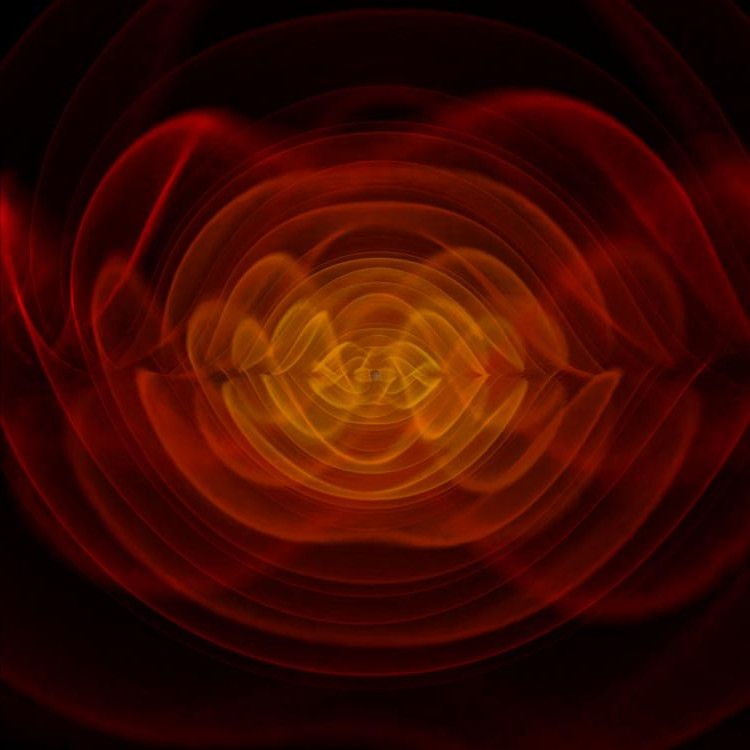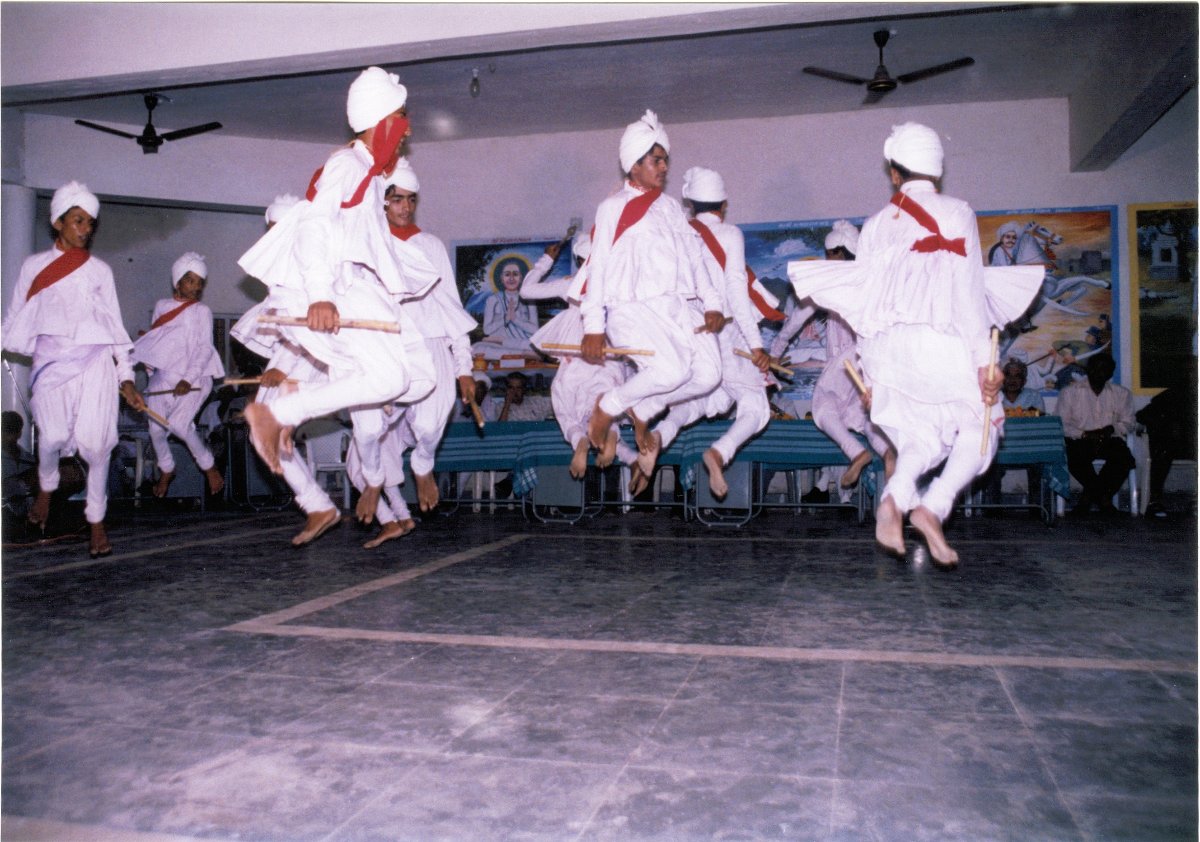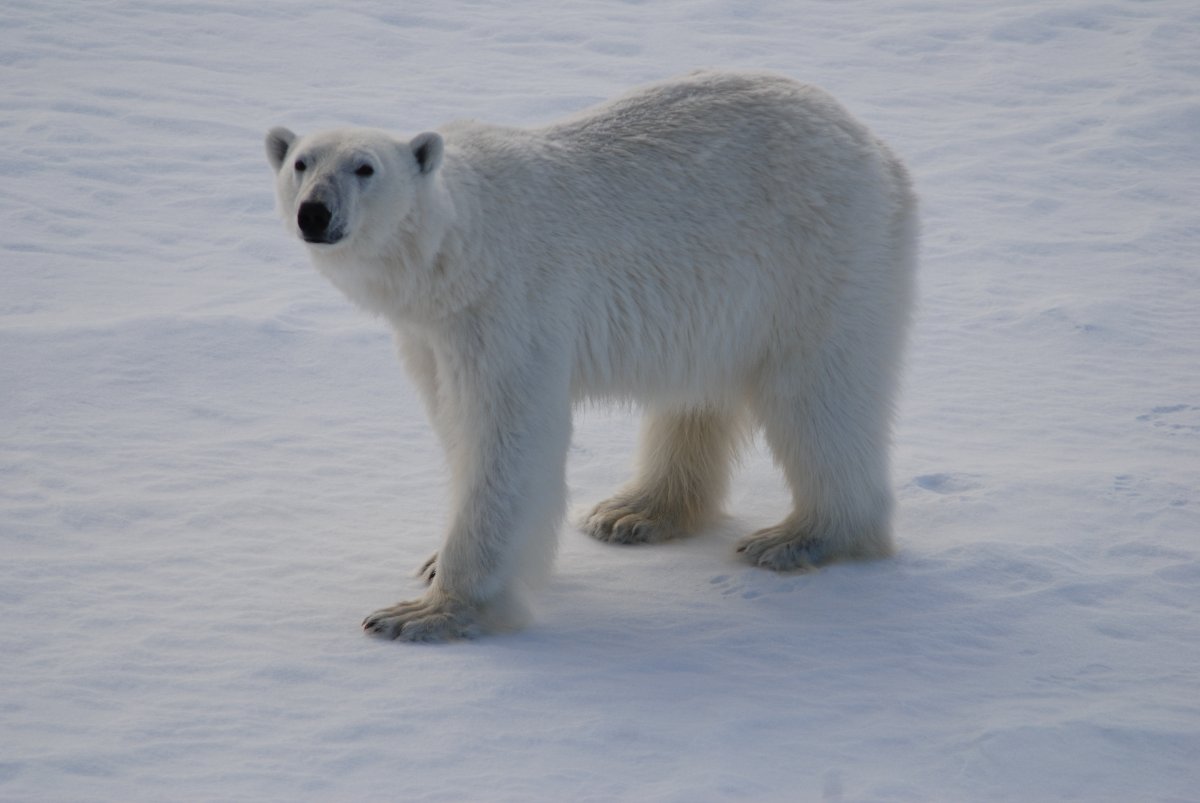
My hunch is that we are all searching for transcendental possibilities, but what in hell does that mean? I have been on a long journey trying to figure out what those possibilities might look like and how I can have any real degree of assurance that what people claim can be true.
Thirty-two years ago I co-founded Possibilities, Inc. with Barry Cohen, a PhD philosopher, as a discovery vehicle for this journey. I’ve covered a lot of ground since that time, but instead of finding a crystal clear, scientifically sound, and personally pristine answer, I keep finding more gray areas. It seems I am not alone in this search. In the last few months, I have read several books making claims and articulating positions in this space. Here are a few of the most provocative and enlightening:
Waking Up, by Sam Harris
Mind and Cosmos, by Thomas Nagel
Phi: A Voyage from the Brain to the Soul, by Giulio Tononi
The Tao of Physics, by Fritzof Capra
The Particle at the End of the Universe, by Sean Carroll
A Religion of One’s Own, by Thomas Moore
Where Science and Spirituality Meet, by Deepak Chopra and Leonard Mlodinow
Qigong meets Quantum Mechanics, by Imke Boch-Mobius
As you can see by the titles and the authors, the quest for the transcendental has attracted neuroscientists, theoretical physicists, philosophers, psychologists, and spiritualists. As more and more people reject religion as irrelevant, there is an increasing demand for transcendence without dogmatic baggage.
In this post, I will summarize what I found to be the most intriguing points from each of the books above and then throw my own opinion into the mix.
Waking Up: In this surprising follow-up book to his bestselling End of Faith, Sam Harris continues his blistering attack on religion, summarizing his beliefs as follows:
“Religion is a set of stories that recount the ethical and contemplative insights of our wisest ancestors. But these stories come to us bundled with ancient confusion and perennial lies. And they harden into doctrines that defy revision, generation after generation.”
Harris suggests that meditation and mindfulness are more likely to flourish on a non-religious path and yield more peaceful and productive results. He implores us to talk about spirituality in rational terms—acknowledging the validity of self-transcendence—and suggests that transcendent spirituality is essential for this world if it is going to avoid being shattered by dogmatism. Harris shares his experiences with psychedelic drugs and narcissistic gurus in the East and West. Harris argues that consciousness is simply the light by which the contours of mind and body are known. It is that which is aware of thoughts and feelings but can never be improved or harmed by what it knows. Making this discovery, again and again, is the basis of spiritual life.
Mind and Cosmos: Thomas Nagel claims that the widely held view of most scientists and philosophers, who comment on the natural order, is that reductive materialism is the only serious possibility. Nagel rejects that argument and finds it highly implausible that life as we know it is the result of a sequence of physical accidents together with the mechanism of natural selection. On the road to higher levels of consciousness, Nagel implores us to consider an alternative between dogmatic religiosity and scientific reductionism.
Phi: Giulio Tononi discusses the role of each part of the brain in consciousness. He defines consciousness as integrated information (phi) that comes from all areas of the brain. In the conclusion, Tononi suggests that the more we know and understand, the more phi grows and breathes. He goes on to posit that consciousness is maximally irreducible and unique. He suggests that consciousness is the shape of understanding, the only shape that’s really real—the most real thing there is. Consciousness is a model of how the world might be, a model built over millions of years, with immense sacrifice at the expense of innumerable losses, paid for by endless wars, won by the sweat of slaves, mended by lessons, polished by civilizations, schools, and learned arguments. But it’s a model woven in the only language we own, that of the brain and its enchanted loom. Without the inner glow of consciousness, there would be no sight. What we must do is go and seek the light, the light that unifies. In his summary, Tononi challenges us to grow, share, and connect in order to heighten our consciousness.
The Tao of Physics: In this classic book, originally published in 1975, Fritzof Capra discusses the parallels of subatomic physics with eastern mysticism and shares the realization that the constituents of matter and the basic phenomena involving them are all interconnected, that they cannot be understood as isolated entities but only as integral parts of a unified whole. The notion of a basic quantum interconnectedness reinforces the similarities between the views of physicists and mystics and raises the intriguing possibility of relating subatomic physics to psychology. In addition to showing how non-local entanglement relates to humans as well as atoms, Capra also provides a remarkably clear and concise summary of Hinduism, Buddhism, Taoism, and Zen.
The Particle at the End of the Universe: Sean Carroll summarizes the most recent findings in particle physics. He reviews the systematic, worldwide effort to discover the basic rules governing how the universe works. Particle physics arises directly from our restless desire to understand our world; it’s not the particles that are particularly motivating, but the human desire to figure out what we don’t understand. Carroll reveals the amazing commitment of scientists around the world to discover the Higgs boson—how they did it and why they did it. He provides a comprehensive and comprehensible explanation of non-local entanglement and wave theory. These discoveries help us understand that we are more energy than matter. It’s up to us to figure out how to mobilize that energy.
A Religion of One’s Own: Thomas Moore, (the author of Care of the Soul, Soul Mates, and The Soul’s Religion) provides a guide for creating personal spirituality in a secular world. In the face of rapidly changing and—in many areas—disappearing religion, Moore proposes a religion essentially and radically reimagined for our time. He defines religion as our creative and concrete response to the mysteries that permeate our lives. His intent is to deepen our understanding of the religious traditions while acknowledging that formal religions can get in the way of the deep religion he is seeking. Moore goes on to define soul as the unreachable depth, the felt vitality, and full presence of a person or even a thing. It is the invisible, mysterious, and softly radiant element that infuses your being and makes you human. Like plasma in your veins, it gives you a sense of meaning, feeling, connection, and depth.
Where Science and Spirituality Meet: Mlodinow presents the case for science by emphasizing the need for evidence, observation, rigorous analysis, impartial objectivity, quantitative results, statistical proof, and openness to new findings. Chopra presents the case for spirituality by pointing out that life is qualitative as well as quantitative and is subjective as well as objective. He suggests that meaning, spontaneity, free will, richness of experience, purpose, intention, mindfulness, and consciousness are all elements of spirituality and can’t be measured in material ways. The debate between the two of them is stimulating and thought provoking.
Qigong meets Quantum Physics: This book succeeds in making both quantum physics and mysticism relatable. The author outlines the concepts of quantum physics in an accessible way, as well as gives the reader an appreciation of mysticism beyond vagueness and obscurity. The author describes the physical and mental movements of qigong as a way of integrating body and mind, head and heart, detailing specific exercises and outlining their rationale and effects.
So, what do I take from all of this?
While most neuroscientists (e.g. Eagleman, Koch, etc.) believe that when the brain dies consciousness dies with it and there is no soul that goes to a different place, I still hold onto my beliefs that we can develop a soul on earth, we can reach transcendental states of Oneness, and there is a Nameless Source and Force that operates in the world. I also appreciated Tononi’s message in Phi: A Voyage from the Brain to the Soul, in which he cleverly demonstrates how different parts of the brain function and how integrated information (Phi) can emerge from all components of the brain, e.g. cerebellum, cerebral cortex, hippocampus, and amygdala.
While most theoretical physicists are in the scientific, materialistic reduction camp, there are some intriguing possibilities that are emerging from that research.
Specifically, the idea of non-local entanglement demonstrates that once two cells come in contact with each other, they remain interconnected independent of location or time.
Also, continuing breakthroughs in particle physics are shedding light on the role of waves and the relationship between energy and matter. It seems to me that entanglement and energy play extremely important roles in spiritual development. We are more inter-connected than we thought and energy is more important than matter.
For me, it all boils down to consciousness. I like two definitions of consciousness that came from the books reviewed above:
In Phi, Tononi defines consciousness as the shape of understanding, the only shape that’s really real—the most real thing there is.
In Waking Up, Harris defines consciousness as the light by which the contours of mind and body are known. It is that which is aware of thoughts and feelings but can never be improved or harmed by what it knows.
I also like Gurfjieff’s idea (not summarized above) of crystallized essence which simply (or not simply) means that we can become more unified and conscious over time if we make efforts to observe ourselves and pay close attention to the thoughts, feelings, and instincts that pop up in our bodies and minds in every situation. One of my favorite lines from Gurdjieff is, “never say I and think it is you.”
Harris hits on this point as well in Waking Up.
He claims there is no “I” and no self. When we get beyond that (i.e. no ego, no “self behind the eyes”), we have a chance at achieving self-transcendence.
Gurdjieff also pushes us to let go of imagination (thinking that we are more than what we are), identification (thinking of ourselves as a doctor, lawyer, teacher, etc. and hiding behind the role), and negative emotion (forgetting that every moment is the most improbable gift you could imagine). To me, these are additional ways of clinging to the idea of a “self.” We need to open up, lighten up and let go.
Even though I believe “THIS” all boils down to consciousness, I don’t believe consciousness is an easy state to attain. Gurdjieff suggests there are seven levels of development with consciousness being the next to last rung on the scale:
7.0: Perfected
6.0: Conscious
5.0: Unified
4.0: Balanced
3.0: Intellectual
2.0: Emotional
1.0: Physical
Very few of us are balanced, much less unified. Most of us are predominantly either physically, emotionally, or intellectually oriented, with relative deficits in one of two of the other areas. Hopefully, after much work, we can become more unified, with our hearts, minds, and bodies are singing in harmony.
Being conscious occurs rarely—probably when effort becomes effortless.
In history, perhaps a few of our great ancestors achieved perfection by the end of their lives. My goal is to experience a few moments of being unified and conscious in my lifetime.
Given all that, here’s where I come out. I accept the research from theoretical physicists and neuroscientists who are finding that we are interconnected and filled with energy. I accept the fact that when our bodies and brains die, we will no longer have the memories or identities that we carry around on earth. Finally, I still believe that we can develop a soul (crystallized essence, integrated information) and that we can achieve higher levels of consciousness. When making effort becomes effortless, we may also realize transcendent possibilities. What do you think?
Also published on Medium.




What I think?
First, I think you’re one heck of a diligent and dedicated learner-teacher. How wonderful to do all this reading and write such accessible book reports.
Second, I think that those who dismiss religion with broadsides are reacting to caricatures, and to admittedly, worst case and surely regrettable examples that grab headlines. Here’s just one small, recent example of what blanket religion dismissal ignores: http://www.nytimes.com/2014/08/17/opinion/sunday/nicholas-kristof-sister-acts.html
Third, I think a lot on these topics, and will take up your invitation to send you chapters in progress.
And most of all, great respect for you in creating this forum and pouring your heart and soul into it, to serves ours.
[…] us to live fully and authentically in the present. To let in new ideas, fresh perspectives, and universal energy, requires us to take the risk of finding out who we are and who we might […]